How should we imagine the Appleton of 1945?
How many people lived here, and what did they do for a living? What did the town look like, and what would you have seen on a walk up North Oneida Street? Who was supposed to be running the town? What do we know about the mayor or the governor or the other local big shots?
Those are the questions lying behind this particular post. I don’t have all the answers right now — but I do have some initial thoughts and some basic information to share with you today.
I’ll start by noting that the 1940 U. S. Census reported the population of Appleton as 28,436. That was up from 25,267 in 1930 and 19,561 in 1920. What this means is that when we try to imagine life for Appletonians in the 1940s, we need to remember that the town was much, much smaller than it is today. Just for the record, road signs welcoming motorists to town say that the current population of Appleton is a bit over 75,000.
In thinking about these things, we must also consider the fact that Civil Rights activist James Zwerg, born here in 1939, described Appleton as “lily white.” Unfortunately, it’s not hard to see why. In 1941, when singer Marian Anderson came to perform in the Lawrence Chapel, the Conway Hotel had to be persuaded to suspend its usual practice of denying accommodations to Black patrons. “To keep her stay a secret,” one source explains, “the hotel refused to serve her in public and required her to eat privately in her room.”
Publicity photo for Marian Anderson (Lawrence University Archives)
+ + +
The WPA Guide to Wisconsin, published in 1941, described Appleton as “both a college and an industrial city.” “Paper is Appleton’s most important industrial product today,” the Guide added:
the city is largely supported by six large paper manufacturing plants. Other enterprises contribute to the city’s prosperity. In 1930 a total of 60 industrial plants had an annual payroll of $4,500,000. The student body and faculty of Lawrence College had spending power of $1,200,000.
Similar notes are sounded in the 1949 Community Directory: “thriving paper and pulp mills . . . an outstanding trading center . . . 415 retail establishments . . . a city of education and culture . . . a million dollar senior high school . . . a magnificent new court house.” And that’s not all: 28 churches, service from three railroads; a daily newspaper with over 23,000 subscribers; and 15,731 telephones in service. Oh, and five movie theaters with “total seating capacity of 4,450 persons.”
The Community Directory for 1945 includes a list of 24 local restaurants: Al’s Minute Lunch, at 325 W. College Ave.; Bungalow Lunch, 113 S. Superior St.; Candle Glow Tea Room, 120 E. Lawrence St.; and so on. The 1945 directory also includes a list of taverns taking up almost two full pages – though, to be fair, that list includes a number of places in nearby towns. For the record, there are 110+ establishments on the 1945 list. At least one of them, the Maritime Tavern, is still operating at the same location, 336 W. Wisconsin Ave.
The 1945 directory should also help us to imagine the neighborhoods surrounding our five theatres. So if you had walked up Oneida Street, heading north from College Avenue in the direction of the Rio theatre – just a block or so away – you would have passed these buildings and businesses:
Grace’s Apparel Shop
The Whedon Building, home to several local attorneys, as well as the local chapter of the International Brotherhood of Paper Makers
The Western Union office
Court Cigar and Liquor Store
If you’d kept going for another block or so, stopping in front of the Appleton Theatre, you’d also have passed:
Rite-Way Cleaners
Oaks Original Candy and Karmelcorn Shop
The Conway Hotel, with its Barber Shop, Cigar Stand, Beauty Shop, Flower Shop, and Cleaners
The Fire Department
The Engel Real Estate and Insurance Agency
The Rio Theatre, on Oneida Street — probably 1947 or ‘48 (Appleton Post-Crescent 7/21/25)
Before moving on, I do want to share one quick thing. I was excited to look at city and community directories for Appleton, because I knew that James Joyce – one of my favorite novelists – had consulted a directory of Dublin when planning and writing Ulysses. It was a bit weird, but also pretty cool, to discover that the 1945 edition of the Appleton Community Directory listed a man named James M. Joyce as living on West College Avenue, somewhere between the Elite and the Viking Theaters . . .
+ + +
Now, having thought a bit about the population, the paper industry, and the walk up Oneida Street, I’d like to say a bit about our city fathers. Not surprisingly, they were all fathers – or at least all men. Most of them would occupy their positions for quite a while, and many if not all of them were Republicans.
In 1945, Appleton’s mayor was John Goodland, Jr. Goodland was serving his second stint in office: he held the post from 1924 to 1926, regained it in 1930 and held onto it for another sixteen years, serving out his final term in 1946. He seems to have run against the same opponent, Albert Rule, in several different elections. Goodland Field, where the Appleton Foxes played ball for over fifty years, was named for him. Recently, it’s been renamed Nienhaus Field, in honor of local teacher and coach Mary Beth Nienhaus.
The governor of the state was John Goodland’s older brother Walter. Walter Goodland attended Lawrence College, later studying law and working in the newspaper business. He was elected lieutenant governor in 1942 and became governor when Orland Loomis, the actual governor-elect, suddenly died of a heart attack. Walter Goodland was a Republican, and he won the party’s nomination – and the election – in 1944 and again in 1946. Before Goodland could begin his third term, however, he too died suddenly. Thus, as Wikipedia notes, “he had the distinction of both assuming and relinquishing the office of governor due to a death.” At the time of his passing, as Wikipedia also explains, “Goodland was the oldest individual to have served as governor of any state in the union.”
Governor Walter S. Goodland (1862-1947) (National Governors Association)
Appleton was represented in the U. S. Congress by John W. Byrnes, another Republican, who served Wisconsin’s Eighth District from 1945 to 1973. At the time of his retirement from the House, according to the Washington Post, Byrnes was “its top Republican authority on tax and trade matters.” The Post also said that Byrnes was “long considered one of the brightest members of Congress,” with his power coming mainly – as Byrnes himself explained – from “his intellectual leadership” of the Republicans on the House Ways and Means Committee.
The senior senator from Wisconsin was Robert M. La Follette, Jr. By 1945, he had been in the Senate for twenty years. Originally a Republican, he had run and won as a Progressive in 1934 and again in 1940. Would he seek re-election in ’46? If so, would he run as a Progressive or a Republican? In our summer of 1945, such questions were already being raised in local papers.
Wisconsin’s junior senator was Alexander Wiley. He was also a Republican, and he served in the Senate from 1939 to 1963. As a freshman senator, according to the University of Wisconsin-Madison Alumni Association, he had “hosted Cheese Day at the Senate restaurant, celebrating 75 years of the dairy industry in Wisconsin and loading down his colleagues with mouthfuls of the stuff.”
There’s more: Wiley “brought with him a wheel that he billed as the world’s largest cheese, as well as a bust of Senate majority leader John Nance Garner carved out of Cheddar.” “The dairy donation must have worked,” the UWAA concludes, since Wiley “rose to chair the powerful Committee on the Judiciary and Committee on Foreign Relations.”
Cheese Day in the Senate Restaurant. That’s Senator Wiley on the right. (Library of Congress)
+ + +
There were other local heroes, of course, and two of them deserve a mention here.
The first is Earl “Curly” Lambeau – still, in 1945, the head coach of the Green Bay Packers. Lambeau had been in charge of the team since 1921, and he had led the Packers to six NFL championships. The team had won the title in 1929, 1930, 1931, 1936, 1939, and 1944. Which is to say that the Packers would be defending the crown in the upcoming 1945 season. At this time, there were ten teams in the league, five in the Western Division (one of them the Packers) and five more in the Eastern Division. In the ’44 title game, Green Bay defeated the New York Giants, 14-7.
My second local hero is Packers wide receiver Don Hutson. In the 1944 season, Hutson had led the league with 58 receptions, 866 years, and nine touchdowns. I’m no expert, but I’m guessing that would be a decent season in the NFL today. Hutson did not score a touchdown in the championship game against the Giants, but he did kick both of the Packers’ extra points and also served as one of their assistant coaches. Not bad.
The Packers (and Coach Lambeau) celebrate their victory over the Giants in the 1944 NFL championship game (NFL Past Players)
+ + +
There are lots more questions to ask about the Appleton of 1945, and I’m hoping to have time for them in future posts. For now, though, I think we can safely imagine Appleton as a small, homogenous – that is, almost entirely white – community. We can also imagine it as relatively prosperous, comfortable if not affluent. We can also be confirmed in any hunches that it was a cautious and conservative place. It may have gone with FDR in ’32 and ’36, as I mentioned in an earlier post, but it had swung back to the Republicans in the last two presidential elections, and it was evidently happy to stick with the same mayor – and the same football coach – for a good long time.
Thank you for your help and support. I hope you’re having a great summer, and I’ll see you again soon. Till then, take care – and Go Pack Go!
Tim
+ + +
Sources
The 1940 census figures for the state of Wisconsin are still available from census.gov. The quotation from Freedom Rider James Zwerg, along with the information about Marian Anderson’s visit, come from the 2014 “Stone of Hope” exhibit prepared by the History Museum at the Castle. This exhibit, essential for any understanding of our local history, is still available online.
The WPA Guide to Wisconsin, a wonderful wonderful book, is available in print from the Minnesota Historical Society.
Community Directories are available at the Appleton Public Library and the Appleton Historical Society. Copies of the 1945 directory are hard to come by, so I am especially grateful to Dave Buss, a member of the Historical Society’s research team, for giving me access to a copy that he had borrowed from a friend.
Information about Mayor Goodland and the other politicos came from Wikipedia, as well as some other sources: the Milwaukee Public Library has a nice digital collection of materials on local mayors and municipal governments; the Washington Post’s obituary for John Byrnes ran on January 13, 1985; the UW Alumni Association’s blog post on “Big Cheese” Alexander Wiley was published on August 4, 2017.
Last but not least, the material on Lambeau and Hutson came mostly from Wikipedia, though highlights of the ’44 title game, including footage of a nice 23-year pass to Don Hutson, can still be found online here.


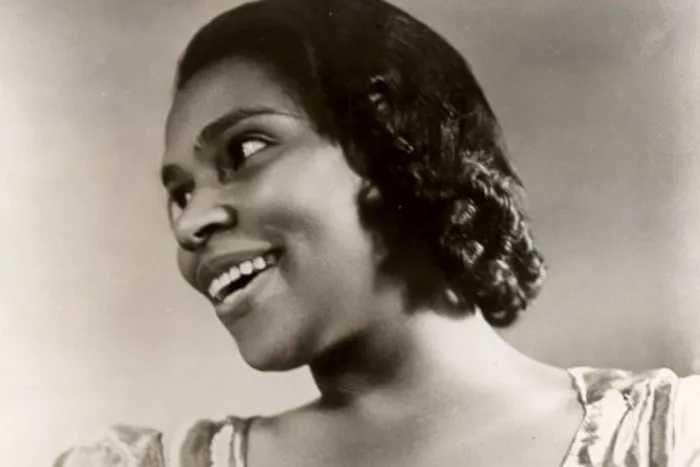
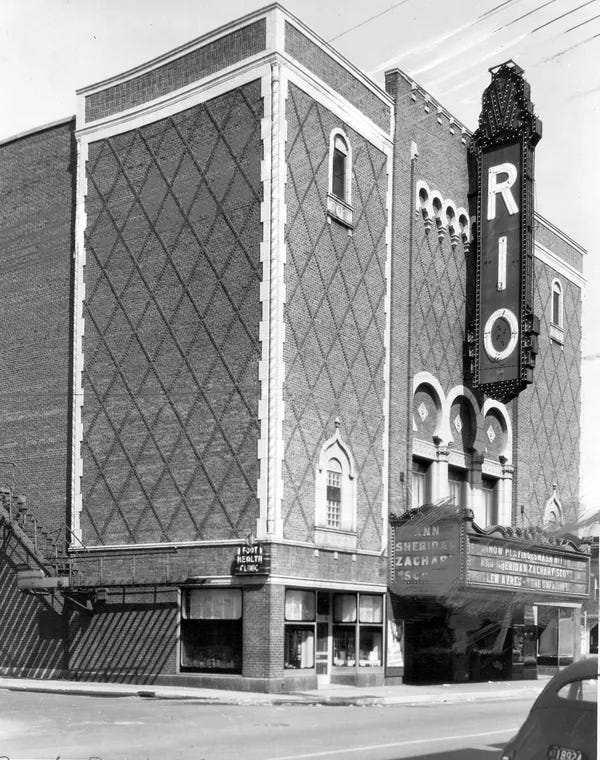
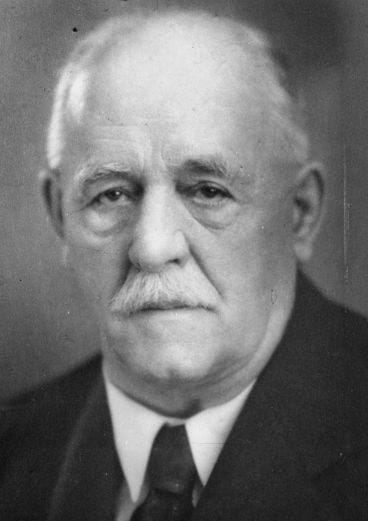
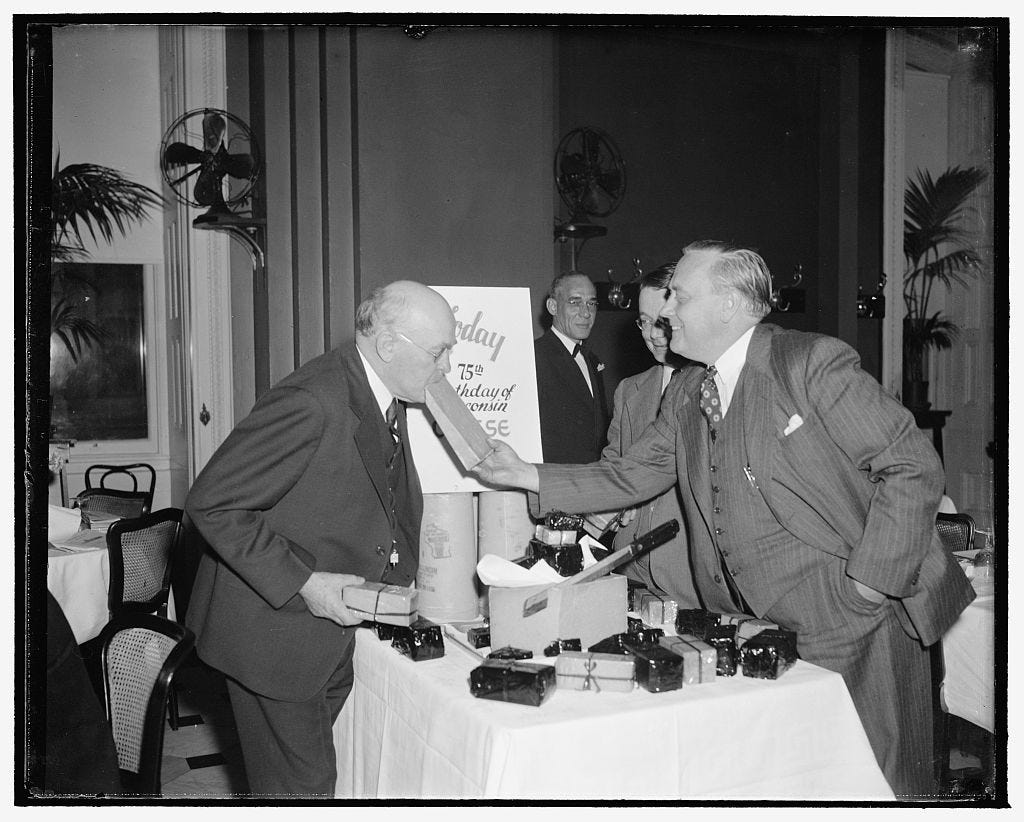
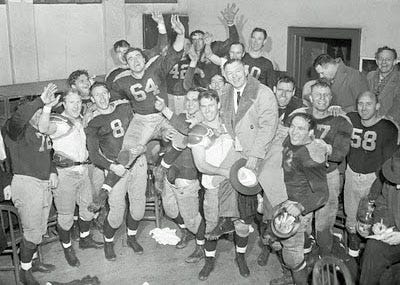
Thanks for the Stone of Hope shoutout!